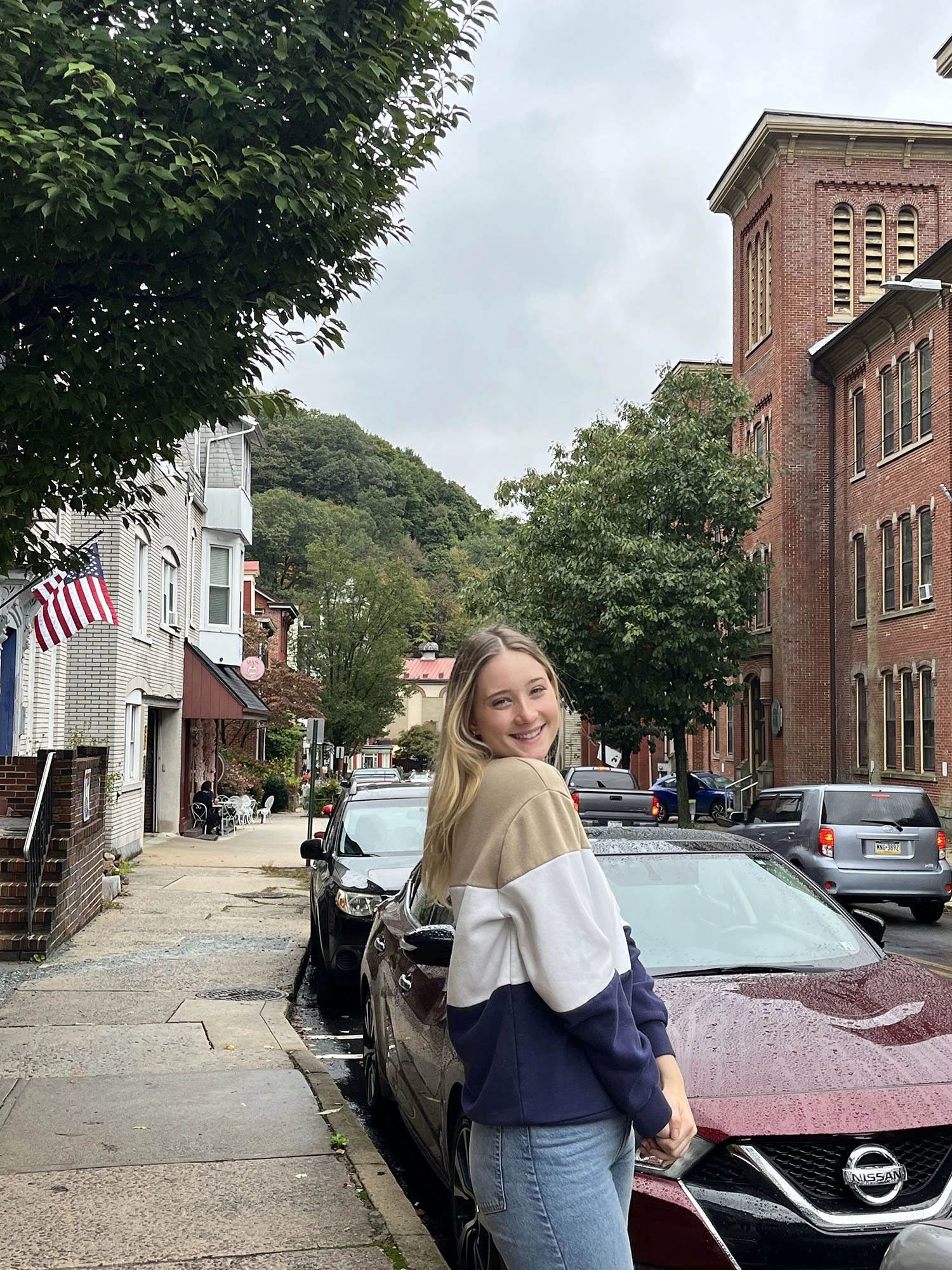Knight to Know: Samantha Guercio ’25 Uncovers Centuries of Fire History in Rocky Gap State Park

Samantha Guercio, a senior Biology major from Buffalo, N.Y., delves into the fire history of Rocky Gap State Park in Maryland as part of her capstone research, which she will present at a webinar for the North Atlantic Fire Science Exchange (NAFSE) on April 17.
Titled “Constructing Fire Frequency and Chronology for Pitch Pine (Pinus rigida) and Table Mountain Pine (Pinus pungens) in Rocky Gap State Park,” her project analyzes pitch pine and table mountain pine samples to construct a fire chronology dating as far back as the late 1600s. With this chronology, Guercio then illustrates how fire suppression and industrialization have shaped the region’s ecosystem.
“My inspiration came from a couple of brainstorming sessions with Dr. Howard,” she said. “It was clear that a chronology would be put together with our pitch pine samples because that had yet to be done for Rocky Gap State Park. I also did research on the area and reflected on what these trees might be able to tell me historically.”
Guercio’s work focuses on cross-referencing tree-ring fire scars with historical events, particularly the industrial boom and logging of the 18th and 19th centuries. The fire-adaptive nature of pitch pines makes them ideal for this research, as their scars provide visible records of past fires and suppression efforts.
Though it sounds like researching trees would be an outdoor activity, most of Guercio’s work is done in a lab.
“These samples in particular were cut in cross sections with a chainsaw and wrapped in cellophane for protection and to kill any insects inside,” she explained. “The real work is done once you sand the tree samples down to 400-600 grit where each individual cell can be viewed under a microscope. Sanding and analysis can take months to complete to accurately date each sample.”
Her research has attracted attention from the broader scientific community, leading to an opportunity to present her findings in the NAFSE spring 2025 webinar series. The webinar will take place at noon on April 17. Click here to register.

“Presenting my capstone on this scale means that my research is important to people,” Guercio said. “Of course, I have always found my research important and interesting. However, receiving interest from professionals in my field is what every research student hopes for. I hope that the viewers of my presentation will gain a deeper appreciation for fire ecology and the historical role trees play especially when humans intervene in the natural processes of fire in fire regimes.”
After graduating in May, Guercio plans on moving back to Buffalo to continue to pursue a career in environmental protection and ecology. This capstone project marks just the beginning of her efforts in the field.
“I feel like I am taking a huge step toward further professional development where my work can be displayed,” she said. “I’m excited to be given the opportunity to continue my passion for contributing to the sciences.”


